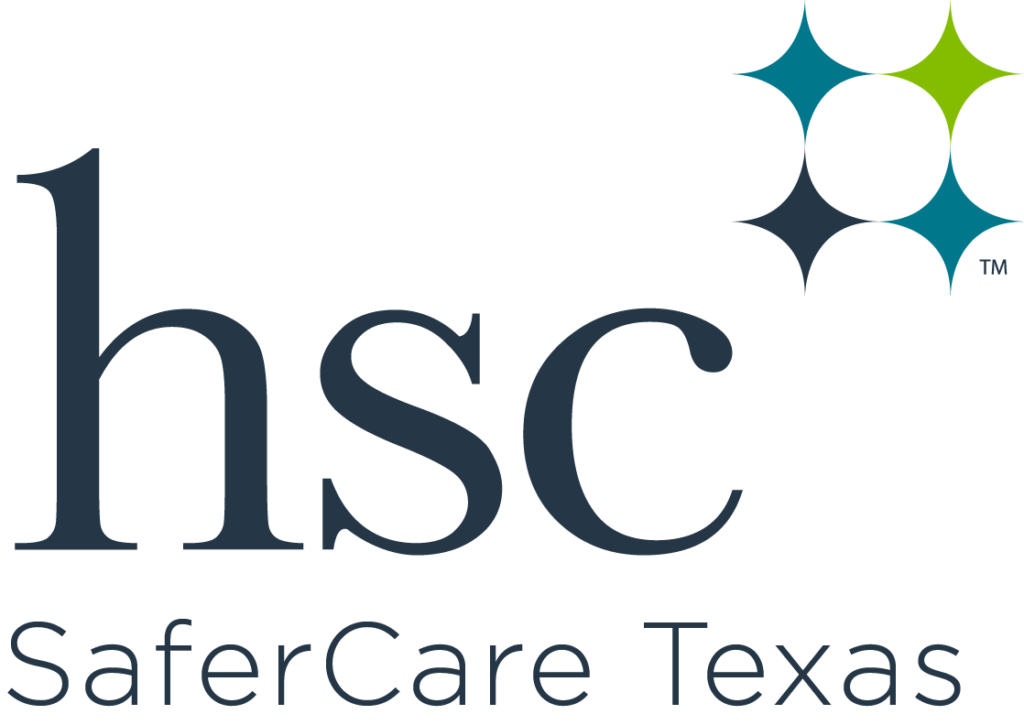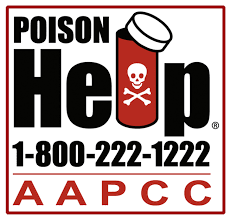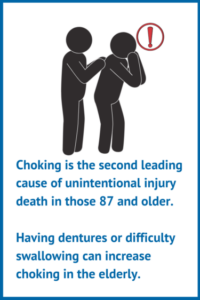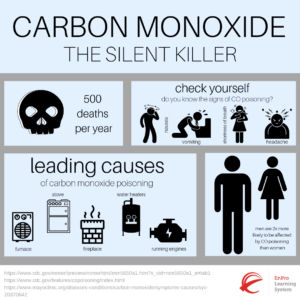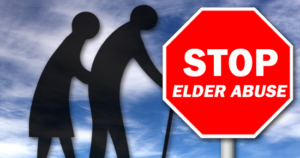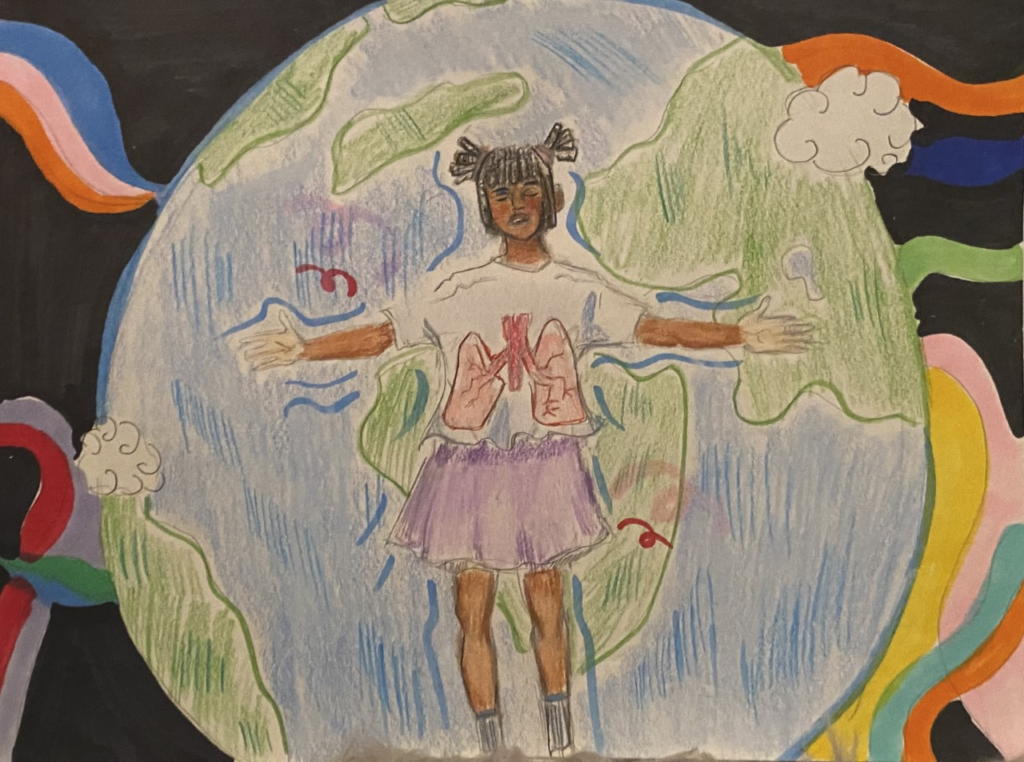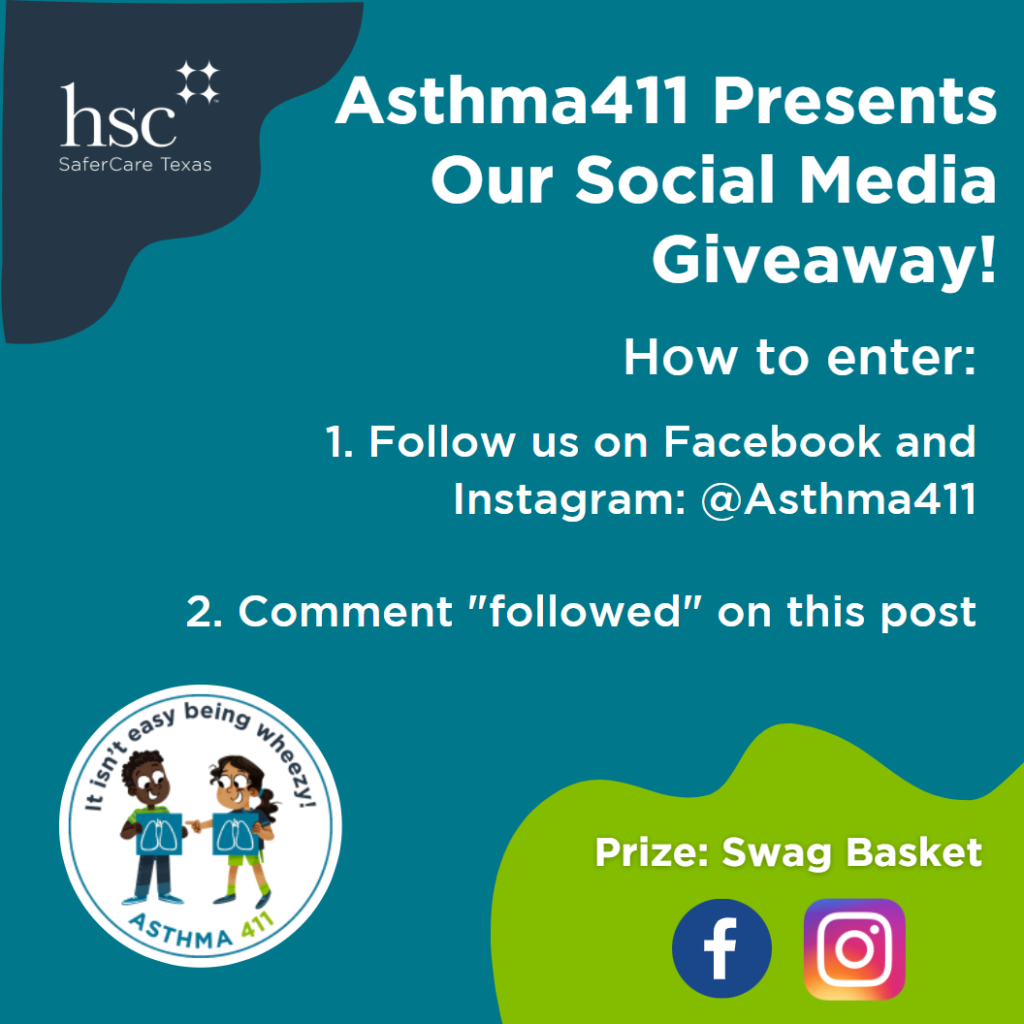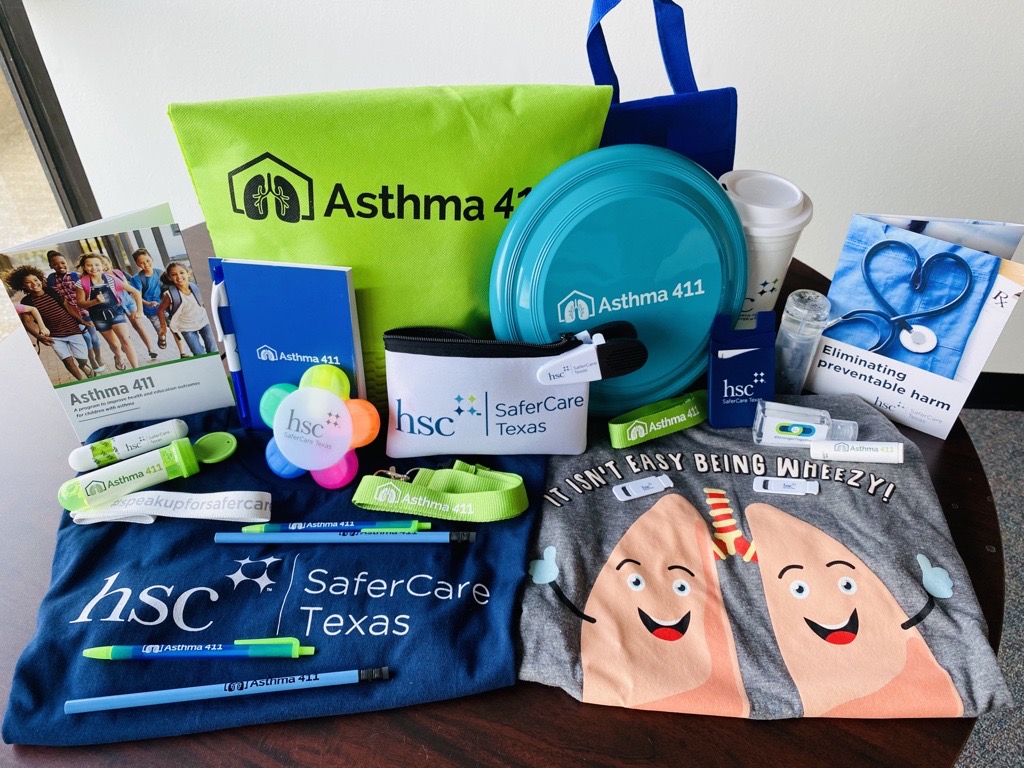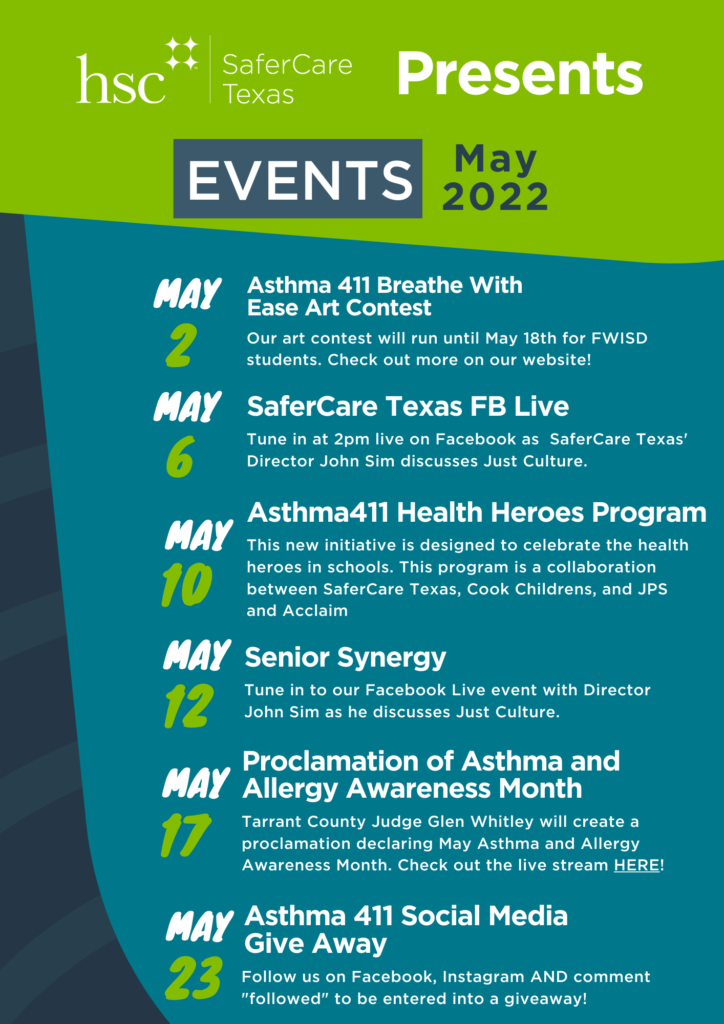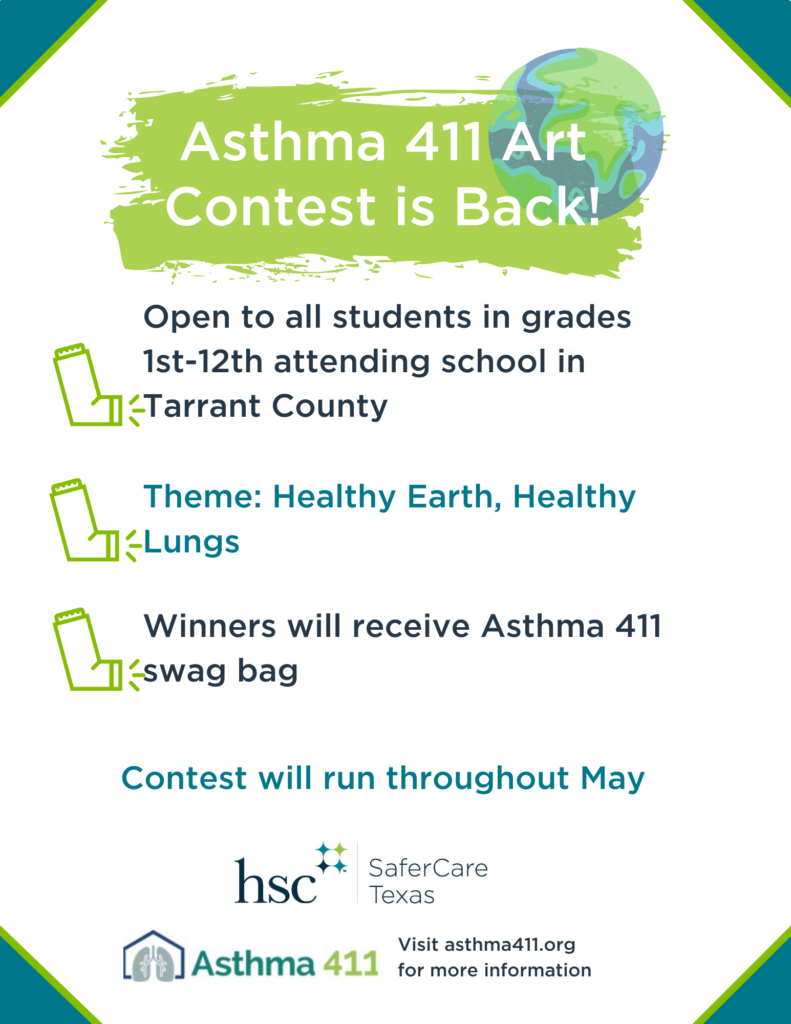Opioid Overdose: A Deadly Cross-Roads of Health Literacy and Patient Safety
By Dr. Teresa Wagner, DrPH, MS, CPH, RD/LD, CPPS, CHWI, DipACLM, CHWC
Prince et al., 2019 found that many opioid patient education tools may be difficult for patients to read and understand. They recommended improvements in readability and other health literacy best practices to improve reading comprehension, and use of opioid patient education tools for patients to follow prescription instructions. In fact, 25% of people prescribed opioids misuse them due to a lack of understanding (NIDA, 2015). In Texas, 39% of opioid overdose deaths occurred from prescription opioids in 2021 (THHS, 2023). At the same time, up to 80% of people who use heroin first misused prescription opioids (NIDA, 2015).
Fentanyl, a high-potency opioid, has increased in prescription use but also serves as a street drug easily disguised for distribution. In 2020 and 2021, fentanyl overdose was the #1 leading cause of death nationally for 18–45-year-olds (NIDA, 2023). Many opioid overdoses occur in people who are unaware that they have ingested fentanyl, including first responders. From May 2020 to April 2021, more than 100,000 Americans died from a drug overdose, with over 64% of these deaths due to synthetic opioids like fentanyl and its analogs often disguised as common anti-depressants, antibiotics, or candy (Babu, 2022; DEA, 2023).
This is not just a health literacy issue; it is a patient safety issue!
Patients with poor health literacy may have increased readmissions, higher healthcare use, high healthcare costs and catastrophic outcomes (IOM, 2004). According to the Joint Commission on Accreditation of Hospitals, common types of errors traced to patient-provider communication include those related to medications (Joint Commission, 2022). A nursing journal article by Dickens and Piano (2013), summarized the adverse health outcomes for people with low health literacy which included higher emergency department use, medication errors, less ability to recall healthcare information, higher rates of hospitalization with increased rates of readmission and higher rates of death.
The goals of Healthy People 2030 (ODPHP, n.d.) regarding health literacy include not only improving the health literacy of the population but also decreasing the proportion of people who report poor communication with their healthcare provider. Healthcare providers can help improve patient’s health literacy by delivering health information in a way that they can understand and directing people to tools on the Internet and resources in the community to help them stay healthy and well (Nutbeam, 2000). Poor personal health literacy is associated with worse health care and health outcomes. When individuals have limited personal health literacy, they are at higher risk of misunderstanding information that is important to achieving and maintaining health such as medication instructions (Berkman, 2011).
Narcan or Nasal Naloxone, is an opioid antagonist for emergency treatment of known or suspected opioid overdose. An FDA panel voted unanimously in mid-February to make Narcan more publicly available. According to the FDA, more availability would enable bystanders of opioid overdose to step in and reduce the number of opioid deaths. Up to this point, the availability of Narcan has been confusing with varying state laws and barriers to actual access.
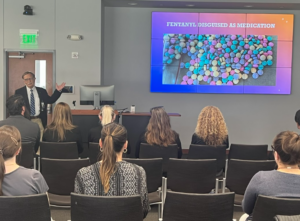 In response to this vote as well as the “One Pill Kills” campaign (2022) of Governor Abbott in Texas, SaferCare Texas is executing our mission of eliminating preventable harm by offering Narcan lifesaving training at the University of North Texas Health Science Center at Fort Worth. By bringing awareness to the opioid epidemic as well as teaching this life saving skill, the effort intends to improve health literacy around opioids while helping abate this problem. If every person asks questions when seeking healthcare to improve their understanding of health information and every healthcare and community organization embraces health literate care, we can work together towards a common goal. The goal of communities where all people receive easy to understand health information that promotes long, productive, and healthy lives.
In response to this vote as well as the “One Pill Kills” campaign (2022) of Governor Abbott in Texas, SaferCare Texas is executing our mission of eliminating preventable harm by offering Narcan lifesaving training at the University of North Texas Health Science Center at Fort Worth. By bringing awareness to the opioid epidemic as well as teaching this life saving skill, the effort intends to improve health literacy around opioids while helping abate this problem. If every person asks questions when seeking healthcare to improve their understanding of health information and every healthcare and community organization embraces health literate care, we can work together towards a common goal. The goal of communities where all people receive easy to understand health information that promotes long, productive, and healthy lives.
Additional Resources
- Naloxone Drug Facts
- Fighting Fentanyl in Texas
- SAMHSA Naloxone
- 5 Things to Know About Naloxone
- Support for Overcoming Substance Misuse
- Texas Rehab Centers
References
Babu, K. (2022). What is fentanyl and why is it behind the deadly surge in US drug overdoses? A medical toxicologist explains. The Conversation. https://theconversation.com/what-is-fentanyl-and-why-is-it-behind-the-deadly-surge-in-us-drug-overdoses-a-medical-toxicologist-explains-182629
Berkman, N. D., Sheridan, S. L., Donahue, K. E., Halpern, D. J., & Crotty, K. (2011). Low health literacy and health outcomes: An updated systematic review. Annals of Internal Medicine, 155(2), 97–107.
Dickens, C. & Piano, M. (2013). Health Literacy and Nursing: An Update. American Journal of Nursing, 113(6), 52-58.
Drug Enforcement Agency. (DEA). (2023). One Pill Can Kill. https://www.dea.gov/onepill
Institute of Medicine. (2004). Health Literacy: A Prescription to End Confusion. Washington, DC: The National Academies Press.
Prince, L. Y., Mears, S. C., Watson, J. C., & Hadden, K. B. (2019). Health Literacy Evaluation of Opioid Patient Education Materials for Orthopaedic Surgery. Journal of surgical orthopaedic advances, 28(3), 232–236.
The Joint Commission. (2022). Quick Safety 29: Advancing patient-provider communication and activating patients. Quick Safety 29: Advancing patient-provider communication and activating patients Update: April 2022
National Institute on Drug Abuse (NIDA). (2015). Prescription opioid use is a risk factor for heroin use. https://nida.nih.gov/publications/research-reports/prescription-opioids-heroin/prescription-opioid-use-risk-factor-heroin-use
National Institute on Drug Abuse (NIDA). (2023). Drug Overdose Death Rates. https://nida.nih.gov/research-topics/trends-statistics/overdose-death-rates
Nutbeam, D. (2000). Health literacy as a public health goal: a challenge for contemporary health education and communication strategies into the 21st century. Health Promotion International, 15(3), 259.
Office of Disease Prevention and Health Promotion (ODPHP). (n.d.). Health Literacy. Healthy People 2030. U.S. Department of Health and Human Services. https://health.gov/healthypeople/priority-areas/social-determinants-health/literature-summaries/health-literacy#cit3
Office of the Texas Governor. (2022). One Pill Kills. https://gov.texas.gov/news/post/governor-abbott-launches-one-pill-kills-statewide-campaign
Texas Health and Human Services (THHS). (2023). https://txopioidresponse.org/about-opioids.html

